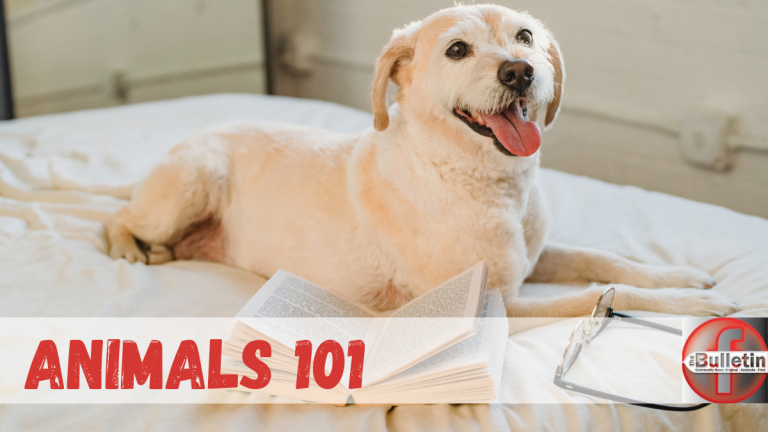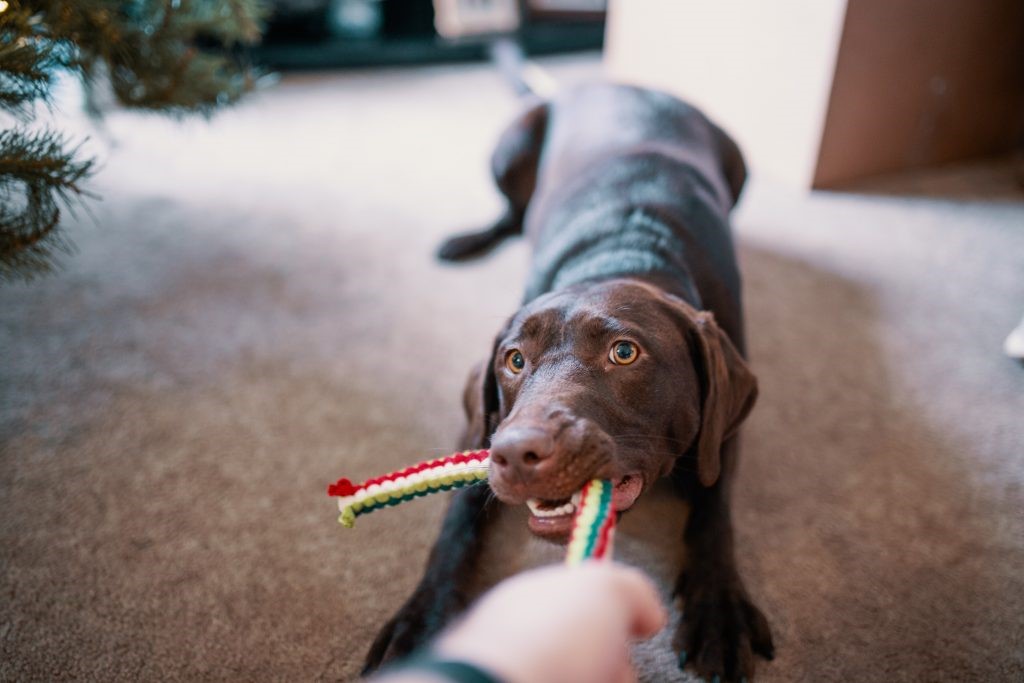
MOST PETS LOVE TO PLAY, BUT ARE YOUR TOY CHOICES SAFE?
Most healthy dogs and other pets retain their love to play throughout their lives, but some don’t and that is fine. Nando Brown calls them disco dogs vs. library dogs. “You don’t take your library dog to the disco; they’re not gonna like it.” There are two types of play pets engage in, namely social and solitary. Social play involves a playmate, either a dog a human or another species of animal. As the name implies, solitary play involves the pet and an object. Hopefully, it is an appropriate toy and not your favourite pair of shoes!
As with humans, we might have similar interests to another person or a sibling, but we are not carbon copies and this goes for pets too. There are some basic requirements for your pets, but to really fulfil your pets’ individual needs, even within the same breed, you have to find out what they really love. One dog loves a ball, another loves an empty Coke bottle or a soft toy. Our one dog rarely touched a ball and he was a solitary player. Keep this in mind when you play with them!
Your pet’s temperament, size and age all play a role in determining which toys are safe, and there are considerations, too, based on the toy itself (materials used, size, shape, and more). Here are some guidelines below, compiled by VetStreet, to ensure the toys you choose for your pets keep them enjoying play, but also keep them safe.

TIPS FOR SELECTING SAFE PET TOYS
- Choose toys that are the right size for your dog. Giving a small toy to a large dog poses a risk of inhalation and choking. Generally speaking, you should choose large toys for large dogs and smaller toys only for smaller dogs.
- Avoid toys that have small parts that can be chewed or pulled off.
- Avoid toys with sharp edges or that can be chewed into sharp points.
- When playing fetch, avoid toys that are heavy or hard enough to damage your dog’s teeth or injure him.
- If your dog likes to de-stuff toys, be sure he’s not eating the stuffing. Some dogs really enjoy stuffing-free toys.

Editor’s note: This article is a reprint from 29 September 2021.
SOME TOYS REQUIRE CLOSE SUPERVISION
- Long rope-like or tug toys, since they can become wrapped around your dog’s neck.
- Squeaky toys if your dog likes to play “rip out the squeaker”.
- Battery-operated toys, because if your dog manages to get the batteries out and swallows them, it can result in battery toxicosis.
- Tennis balls can be a choking hazard for large dogs, and the abrasive fuzz may wear down the teeth of an aggressive or persistent chewer.
- Frisbees and similar flying disks that may cause your dog to jump up and twist simultaneously, which can lead to leg and back injuries.
‘TOYS’ TO AVOID
- Pet toys are not regulated, so they can be made with virtually any material.
- String, ribbon, pantyhose, socks, and rubber bands, all of which can be swallowed and cause life-threatening complications in the digestive tract.
- Children’s toys (such as stuffed animals); they’re not designed to withstand the type of play dogs engage in.
- Toys stuffed with beads or beans.
- Rocks & Sticks.
- Containers (including bags) large enough for your dog to put his head in; if it becomes stuck, he can suffocate.
- Tug toys for dogs with neck or back problems, such as herniated disks.
- Rubber toys with a hole in only one end, as they can form a vacuum that catches your dog’s tongue.
- Rawhide chews aren’t recommended for several reasons, one of which is that they pose a high risk of choking and intestinal obstruction.
- Potentially toxic toys – Plastic toys, in particular, can be dangerous, as many contain endocrine-disrupting chemicals such as phthalates and bisphenol-A (BPA).
- Old or weathered toys (such as those left outside) leach higher concentrations of harmful chemicals.

Also, read more about choosing better bowls for your pets.
OTHER IMPORTANT CONSIDERATIONS
PLAYING FETCH – Although fetch can be a great way to get rid of some energy, it also has a dark side you should be aware of. This article explains it well. There is healthy fetch and then there is “fetch-fall-out”. It is a great enrichment activity, but should never be the only one. There are many other enrichment games available. There is nothing wrong with changing up your routine to cut the problem out of the picture and doing this can often lead to big improvements in health and behaviour outcomes for both dog and human.
Mind and Manners suggest playing fetch 1-5 times per week for 10 minutes at a time, but again it might depend on your dog. Playing such a high-intensity game for too long can put them at risk for certain injuries.
LASER PLAY – Dr Karen Becker says: “While your cat may be driven to pursue the laser light, even if they are successful, there is no tangible reward for the effort they put in. This type of pointless play can lead to behaviour problems such as developing a tendency to compulsively chase shadows or reflections.” This goes for all animals with all games. You need to give them some wins!
RESOURCE GUARDING WITH TOYS – Mind and Manners explains resource guarding as a serious behavioural issue where the guarding dog acts aggressively towards dogs and or humans who approach them when they have a ball or other toy. They do this because they (often correctly) assume that the oncoming dog or person will take their toy away and they really want to keep it! Dogs who mildly resource guard balls may retreat or play “keep away” when approached, or may growl when asked to relinquish the ball.
In moderate cases, the resource guarder may growl or snap and if left untreated resource guarding may become severe enough that the guarder bites the approaching dog or person, or even swallows the ball to prevent it from being taken. If your animal presents with this behaviour, do some more reading on the topic or contact a behaviourist to assist you.
Finally, don’t underestimate your ability to stimulate your dog’s interests. A session of playtime with you, whether playing fetch, tug-of-war, or hide-and-seek, will be far more stimulating to your pet than any toy could be.
Next week we will look at tips for your dog walks.
WHEN YOU KNOW BETTER, DO BETTER!